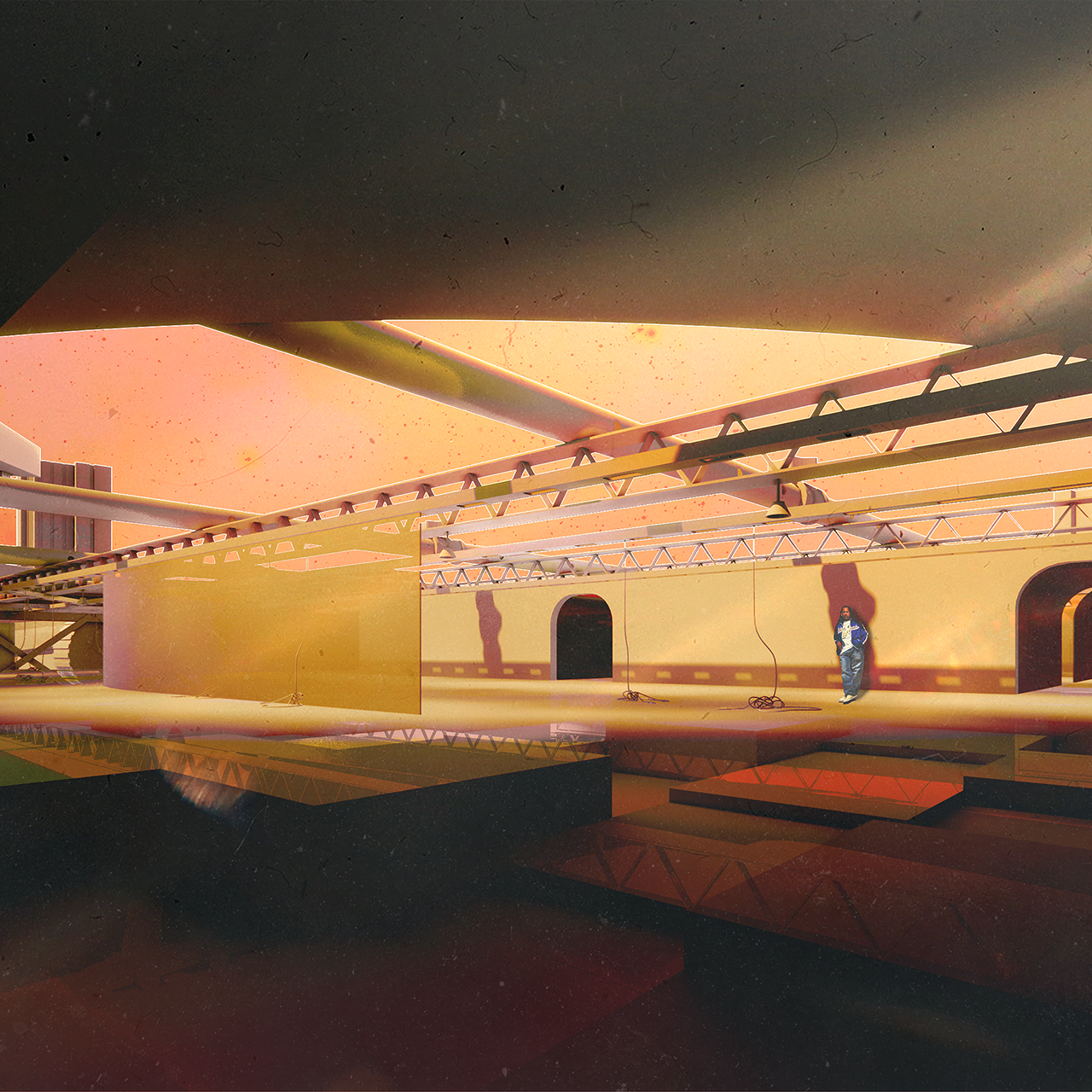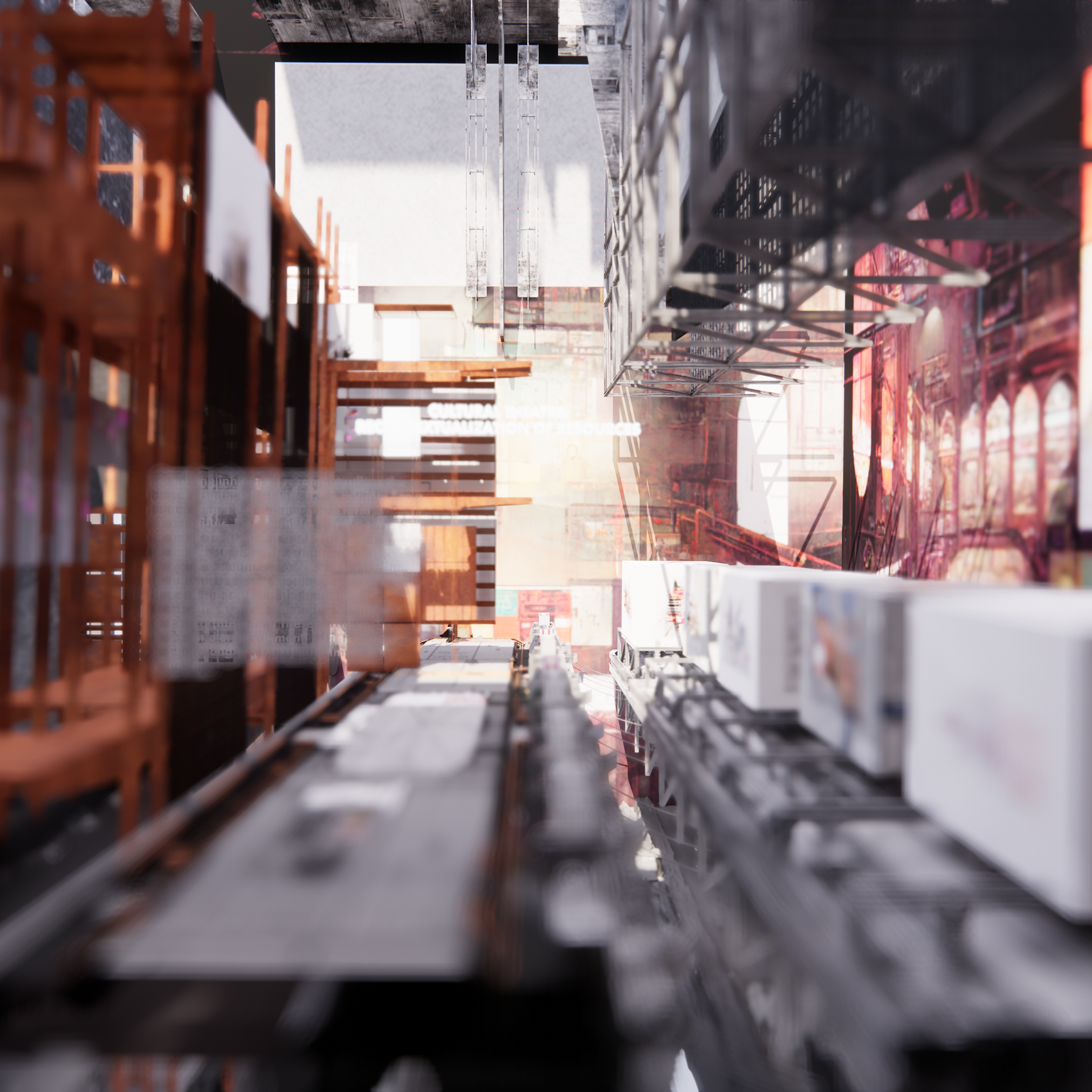Shurijo Castle, often referred to as Shuri Castle, is the 11th registered Japanese World Heritage Site. As a symbol of Okinawa and the Ryukyu Kingdom, the castle is an immensely valuable cultural resource. Most interestingly, the castle has been destroyed and rebuilt several times. It is a (living) example of Theseus' Paradox. Whether Shuri Castle is still the same Castle is a powerful prompt to consider the relationship between Sampled or even Covered building practices. It questions whether social function, associated reverence, or absolute material faithfulness are primary factors in Preservation, and especially how those practices may be translated into recontextualizing built works as intellectual property.
Shurijo Castle is centrally situated on a small hill, surrounded by walls and several protective structures. Despite the several proximal historic sites as indicated above, Shuri Castle is generally observed as the cultural capital of Okinawa.
Though its precise date of construction is unknown, it is estimated to have preceded the 1400s, built during the Gusuku period. Sho Hashi established the Ryukyu Kingdom in Okinawa around 1429, residing in Shuri Castle. It became the flagship administrative center of the Kingdom for 450 years, adopting trading and political functions along the way. The Castle is emblematic of evolving program, spatial, and social conditions:
Around 1609, samurai forces took the Castle over, causing significant damage in the process. In the 1879, the Empire of Japan annexed the Ryukyu Kingdom, repurposing the castle as military barracks. In 1896, the garrison withdrew, leaving behind a network of underground defensive tunnels. In 1923, it was re-designated a Shinto shrine, and in 1925 as a "national treasure." During World War II, the Japanese Army's headquarters were located in the underground spaces of the Castle. Between 1950 and 1975, the University of Ryukyus was established, using the Castle as a campus. In 2008, Call of Duty: World at War used the Castle as the final American MIssion. In 2019, the Castle burned down again, and it was reconstructed using primarily historic photographs.
Today, the Castle stands as a popular tourist destination. With constant reminders of its history and associations, the Castle doesn't necessarily suggest a need for an intervention. The proposal, thus, is highly referential to the Castle's geometries and, like with the other interventions, is intended to externalize its histories in an Augmented experience.
Due to its successive metamorphoses, the invisible intervention may be thought of as the headquarters for this network of interventions. This program is highly referential to its previous function as a diplomatic and productive space.


